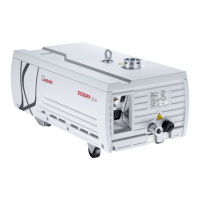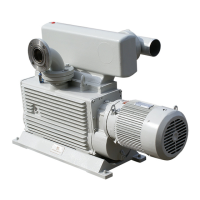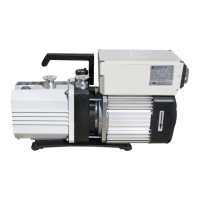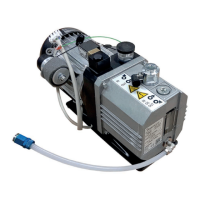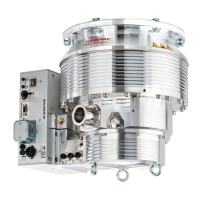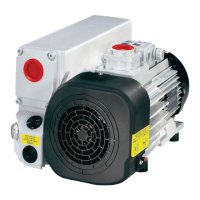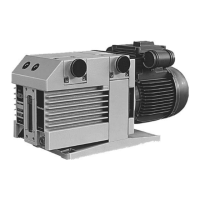Background
The pumps includes a serial communication interface to enable both control
and monitoring functions.
6.11.1 Physical layer
UART interfaces
The ECODRY plus serial link allows connection of the customer’s MODBUS
network to the pumps through an RS-485 Multiprotocol transceiver.
Table 14
Default comms conguration
Conguration
Description
MODBUS
Address
MODBUS Data Description
Slave Address 0x0090 0x0001 Slave Address = 1
RS-485 Baud Rate 0x00A0 0x0002 2= 38400 Bits per second
Parity 0x00B0 0x0000 0 = even parity+ 1 stop bit
Number of Data
Bits
N/A N/A 8 Bits (xed)
Number of Stop
Bits
N/A N/A 1 Bit (xed)
Byte Order
Following the transmission of a start bit, the 8 data bits are transmitted LSB
to MSB followed by either a parity bit and then a stop bit, or if No parity is
used, 2 stop bits.
Note:
In the case of asynchronous serial links without parity bits, 1 stop bit is more
common than 2. However, MODBUS species 2 stop bits where no parity is
used to maintain 11 bits per transmitted character.
6.11.2 Data link layer
The pumps must support only the MODBUS RTU mode of operation.
Addressing
▪ The pump always acts as a slave device.
▪ ECODY plus Slave Address: congurable from 1 to 247
▪ The ECODRY plus shall only respond to correctly formatted MODBUS
messages addressed to it, that is, those messages whose rst byte
matches the slave address of the pumps.
CRC checking
The pumps must calculate a 16-bit Cyclic Redundancy Check (CRC) value
for the incoming message. This calculation may be incrementally calculated
every time a new byte is received.
Once the end of the message has been detected, the preceding 2 bytes
shall be assumed to be the CRC bytes. The CRC calculation on the
incoming message (excluding the 2 CRC bytes) shall be nalised and a CRC
comparison shall be made.
33
300902516_002 - 10/2020 - © Leybold
Operation
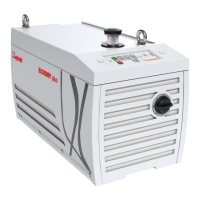
